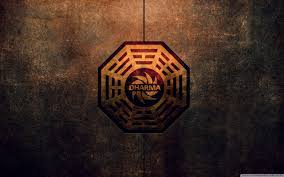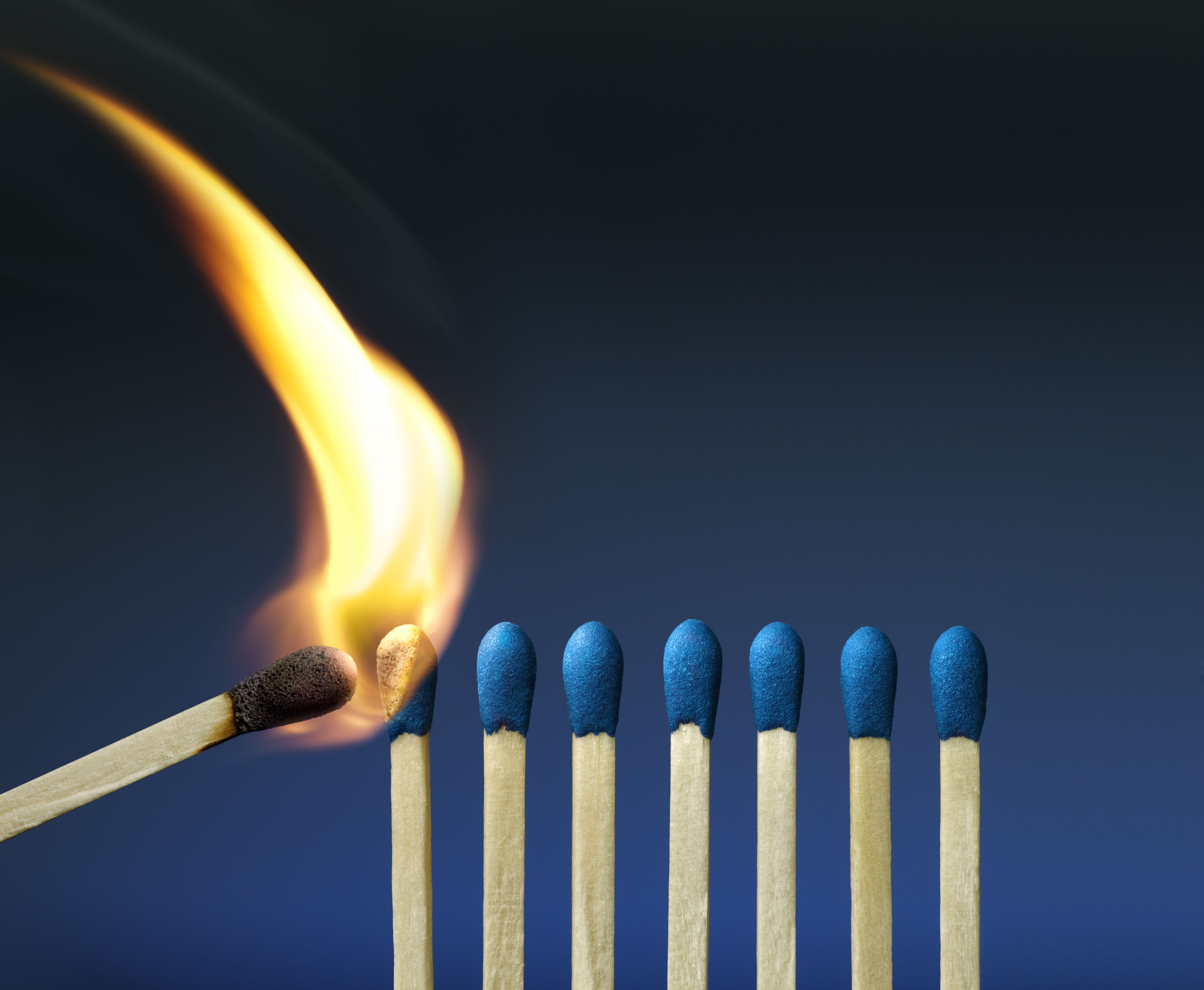The Six Stages of Dharmic Disease
What happens when we don’t live dharmically? Dis-ease.
The Ayurvedic stages of dis-ease have a relationship with our spiritual pursuit of dharma. To be clear, dharma is not your job – it is beyond that. Dharma is the true self and its full manifestation on this earth – it is not a nine to five but beyond that.

When we examine these six stages closely we see that we create dharmic dis-ease when we ignore our calling in exchange for the mechanics of survival. What is underlying all of this is the symptom of doubt. Just like there are clear biological symptoms in the doshic process that cause the movement from ease to chronicity, the clear symptom of doubt has the same affect on the spiritual pursuit of dharma. We have been brainwashed into believing that we cannot, should not and will not be able to live in this material existence as we are meant to but rather allow doubt to keep us trapped from being our fullest and true selves. Much like the concept of ‘maya’ as per the koshas, the symptom of doubt keeps us in the illusion that we can never possibly be who we truly are and do what we are truly meant to do as inspired by the universe and the divine creator. This is untrue.
When we first hear the calling of dharma but choose doubt, the stages of dis-ease unfold in the following fashion –
Stage 1: Accumulation – Dharma calls and consciousness increases. Doubt appears.
Stage 2: Aggravation – Doubt is chosen, dharma ignored.
Stage 3: Overflow – Doubt vitiates dharma and disturbance in the flow of ‘life’ occurs.
Stage 4: Relocation – Dharma finds a new home in consciousness in which to live.
Stage 5: Manifestation – Dharma takes up the sword to battle with doubt for survival.
Stage 6: Diversification – Dharma either succeeds or succumbs to doubt permanently.
The purpose of sadhana is to help us address the symptom of doubt at the earliest of stages. Depending on age, environment, climate and like conditions that resemble that of the doshas, we may or may not be successful. So, what can we do to help us on the battlefield?
Georg Feuerstein wrote in 2008 a piece called The Seven Steps of Psychospiritual Maturation* that provides us with a framework for helping us when the symptom of doubt occurs on the path of dharmic pursuit.
The steps of the process are –
Step 1: Self-observation – we must become mindful of what is happening in our own body-mind – our sensations, feelings, thoughts, volitions – as well as our interaction with the world, particularly other beings. Thus, in terms of our moral life, we must cultivate self-observation in order to become fully aware of our effect on others so as not to unwittingly increase their suffering.
Step 2: Self-acceptance – instead of indulging in guilt or shame for what is a natural limitation, we must make peace with ourselves. Guilt and shame are appropriate responses only under certain circumstances, such as when we indulge in undesirable behavior. Self-acceptance is a non-judgmental attitude toward what we or others perceive as our flaws. We must always practice self-acceptance but always against the backdrop of the highest task of self-transformation.
Step 3: Self-understanding – based on the first two, we must analyze ourselves to expose deeper, often unconscious, layers of our personality, especially those factors that are responsible for our automatic self-limitation.
Step 4: Self-discipline – in order to remove self-limitation and tap more and more into our full potential as human beings, we must embark on a process of consistent self-discipline. This consists primarily in the cultivation of positive mental states and habits.
Step 5: Self-actualization – the preceding practices free up our energy and attention, which then allows us to express more and more of our individual potential notably creativity, intuition, higher psychophysical capacities, ecstatic states of mind, but importantly ennobling feelings such as love and compassion.
Step 6: Self-transcendence – while fully expressing ourselves as individuals we also must cultivate our innate ability to go beyond who we appear to be to ourselves and others. That is to say that we must commit to consistently overcoming the ego ‘contraction.’
Step 7: Self-transformation – as self-actualized beings for whom self-transcendence is a virtue and a daily actuality, we become capable of deeply reshaping ourselves to realize our full spiritual potential.
If we use these tools within and outside of sanga (spiritual community) then the symptom of doubt becomes more easily identifiable and we can not only understand the maya that keeps us trapped in fear and doubt but we can mitigate the progression of dis-ease at an earlier stage so we prevent full manifestation and ultimate chronicity.
Addressing the symptom of doubt is really what the spiritual journey toward dharmic living and ultimate transcendence is really about. We cannot address doubt when we are in a vata-deranged, pitta-inflamed, kapha-infused state – those parallel the states of fear, anger and depression – they lack clarity and wholeness – they are not positive and safe places to make informed decisions. What we need is to address the symptom of doubt in a supported space with others on the journey that can assist in providing an energetic force-field around us that constantly reflects back what we desire to put into the world as part of our fullest, most dharmic and enlightened selves.
*Feuerstein. Georg. Yoga Philosophy: A Manual for Teacher Trainings. Traditional Yoga Studies. 2008.






